After a 2018 season that saw the best passing offense in the league, thanks in large part to a stacked receiving corps, there has been a lot of talk this offseason about how that group will look in 2019. Two receivers who were in the room last year who won't be returning are slot receiver Adam Humphries and deep threat DeSean Jackson. Humphries was an unrestricted free agent who had driven up his value so much in his four years with the Buccaneers that they could no longer afford to keep the former undrafted tryout player. The Bucs traded Jackson to the Eagles for a draft pick, returning him to where his career began, and suddenly the wideout room looks different, save for 'X' receiver Mike Evans and second-year player Chris Godwin.
The Bucs didn't giveth without taking, too. They added speed in free agent Breshad Perriman, a 6-3 receiver who ran a 4.24 40-yard dash at the NFL Combine a few years ago, and drafted Scotty Miller this year, a receiver out of the MAC with lightning speed himself. Then you've got Justin Watson, the Bucs' sixth-round pick out of Penn last year, along with a plethora of undrafted free agents competing for that fourth receiver spot, as well.
But lest we forget about the tight ends.
Tight ends are more than receivers. They're utility men who serve primarily as an extension of the offensive line in blocking schemes while also being an option in the passing game, usually on shorter or inside routes. But the 'U' tight end has become increasingly prominent in NFL offenses: a guy who can block with the hands of a receiver and a truly good player with those traits is hard to come by.
The Bucs have two.
There's third-year player O.J. Howard, who was the team's first-round pick in 2017. He scored six touchdowns his rookie season and followed it up with what looked to be a truly breakout season in 2018 before it was cut short by six games due to injury. He still had five touchdowns last year.
Then there's Cameron Brate, an undrafted free agent found by the Bucs out of Harvard (he went there, did you know that?) back in 2014. Brate has had six touchdowns the past two seasons and he had eight in 2016. To put those numbers for both Howard and Brate in perspective, last season Brate tied for fourth-most among NFL tight ends in receiving touchdowns and even more incredibly, Howard tied for sixth with the 49ers' George Kittle in six fewer games. In all, it gave the Bucs 11 touchdowns from their tight ends. That's quite the production from a position that's supposed to be primarily utilized as blockers.
View the top photos from the Bucs offseason practices.


















































































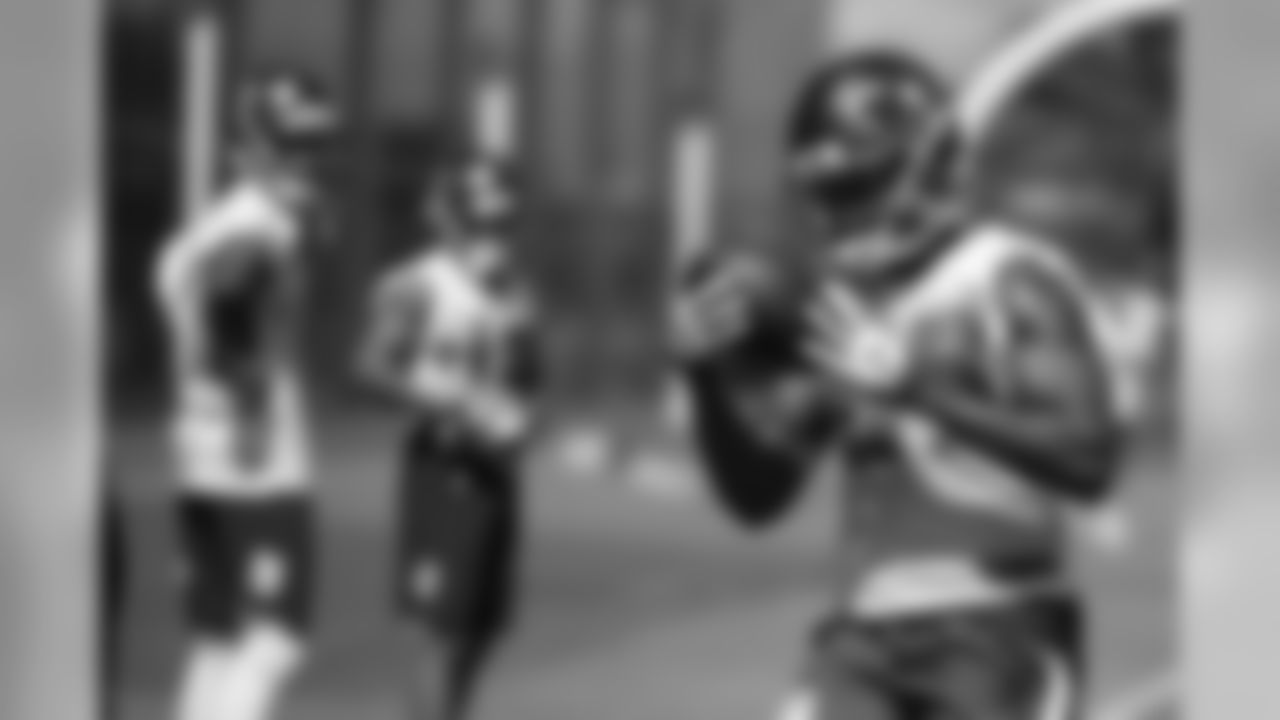





























































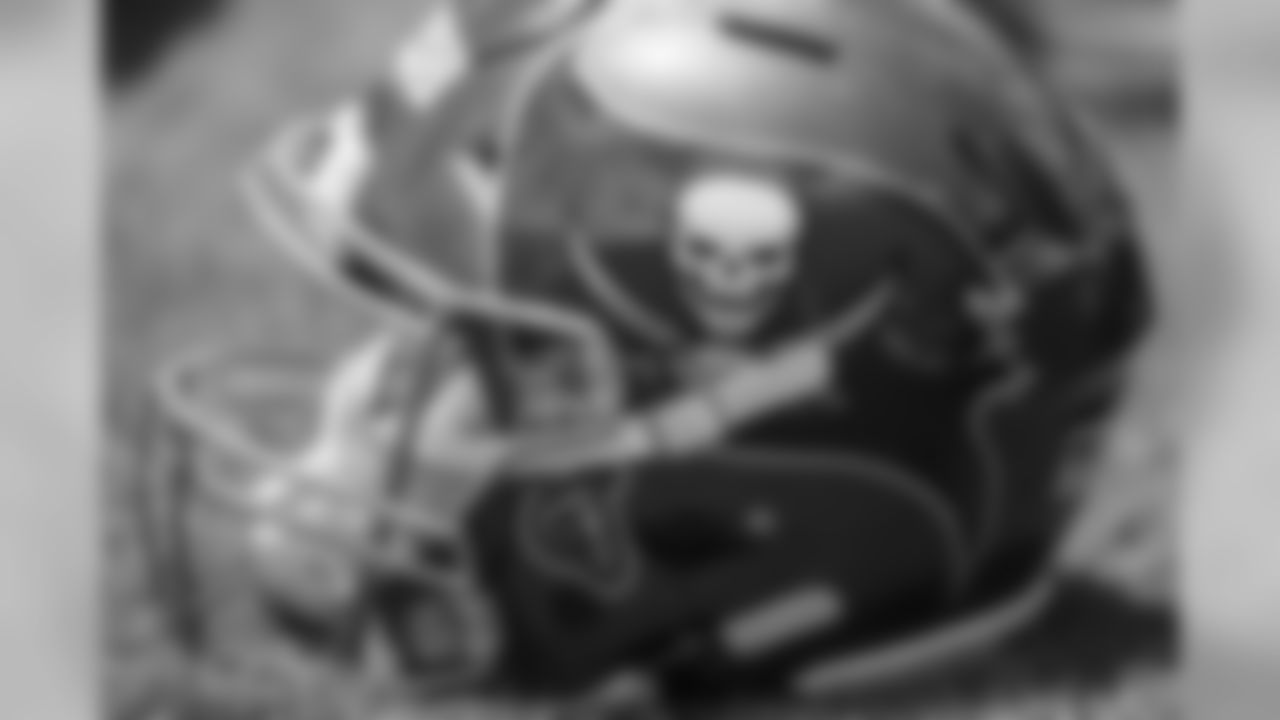




































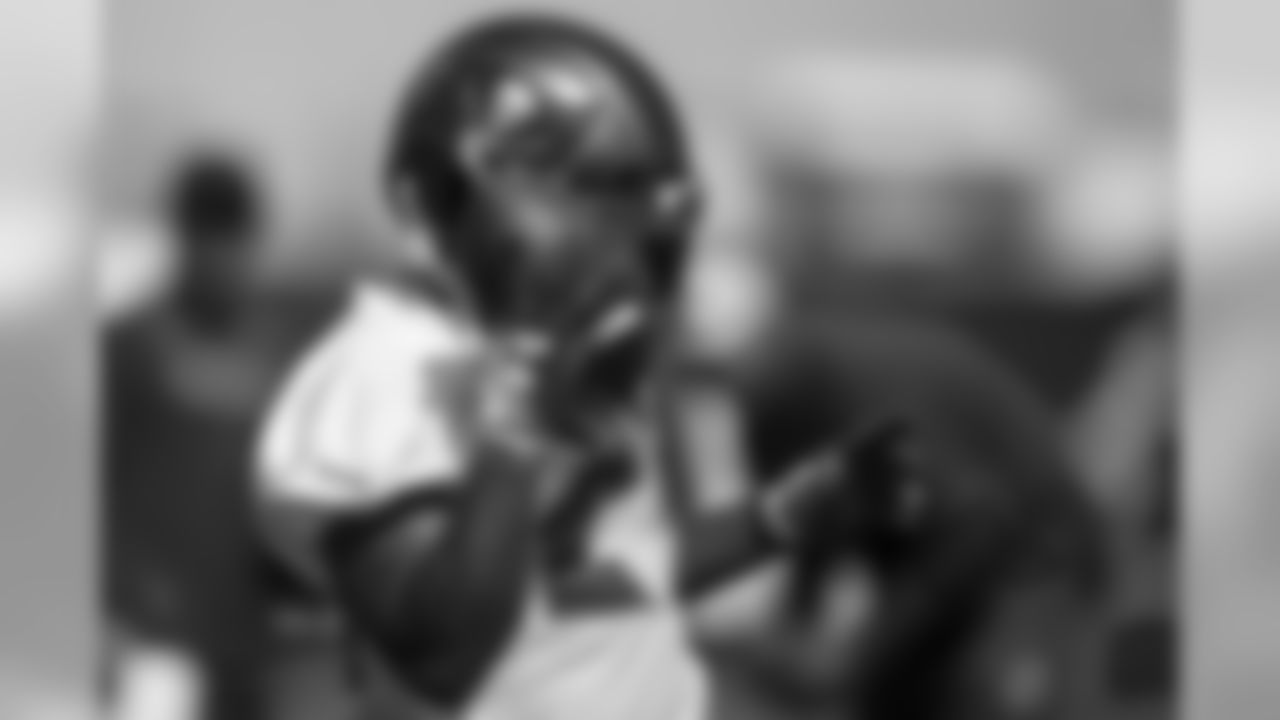




































































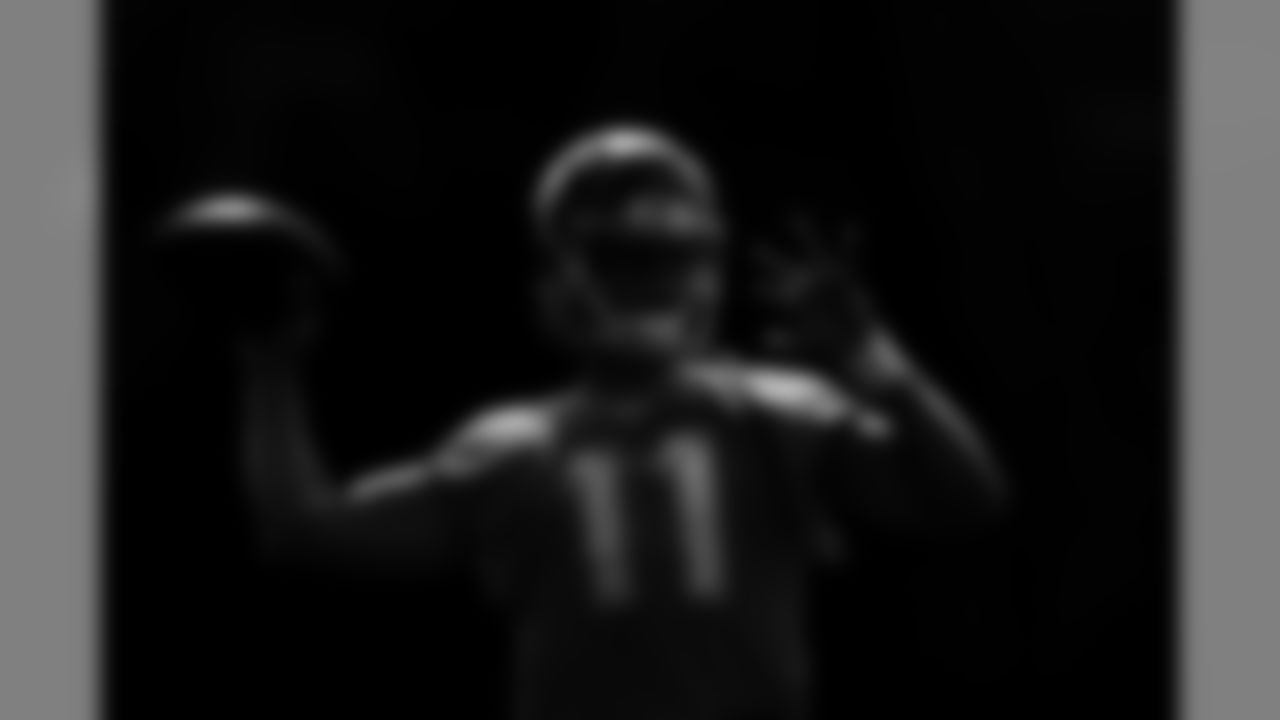





























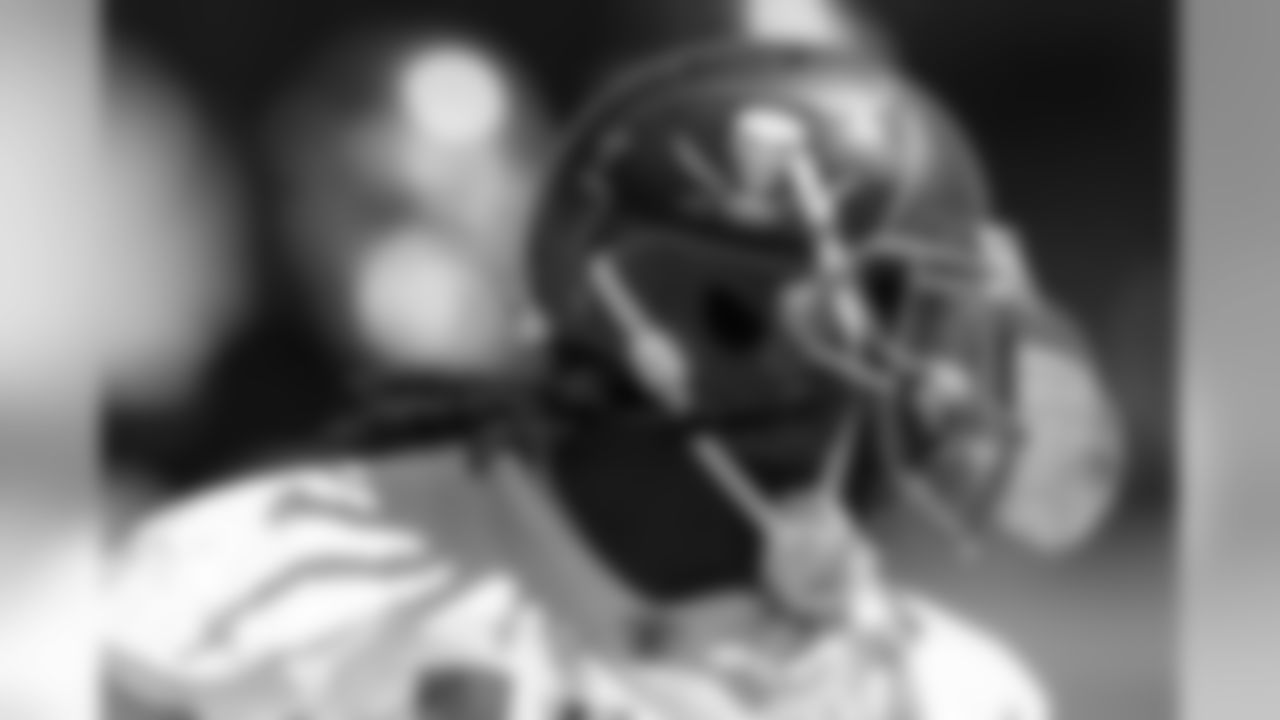


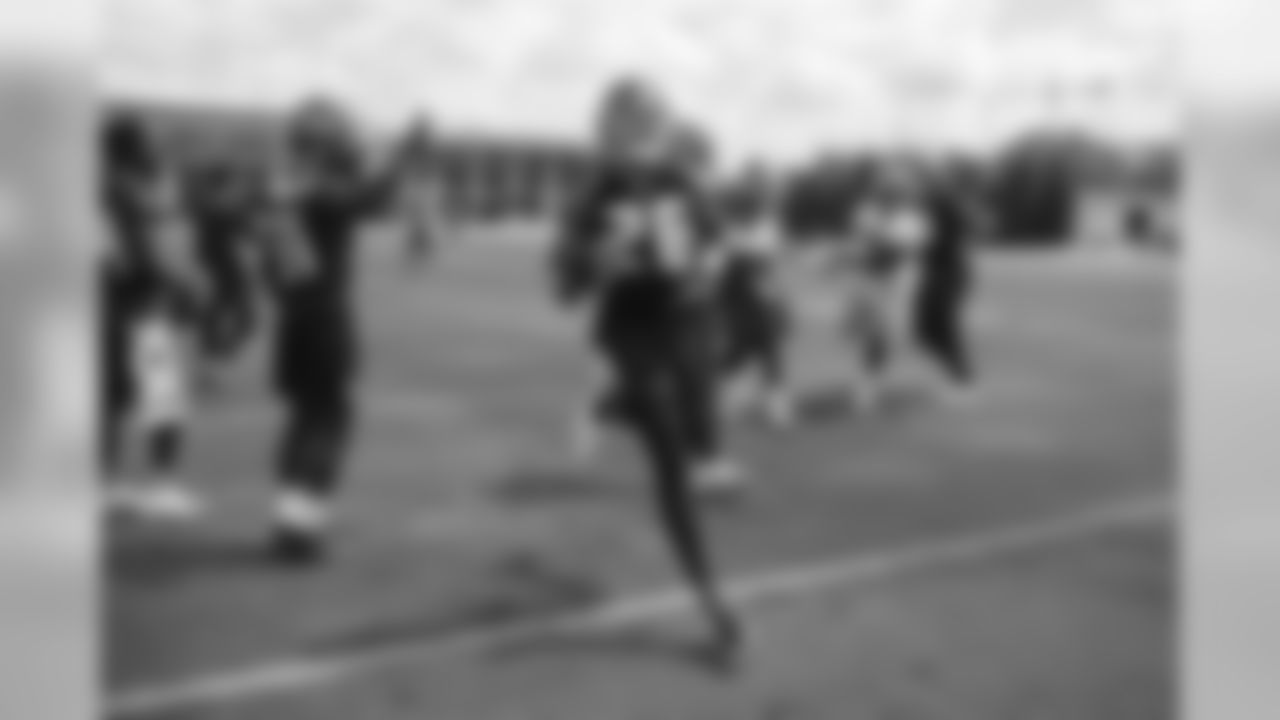





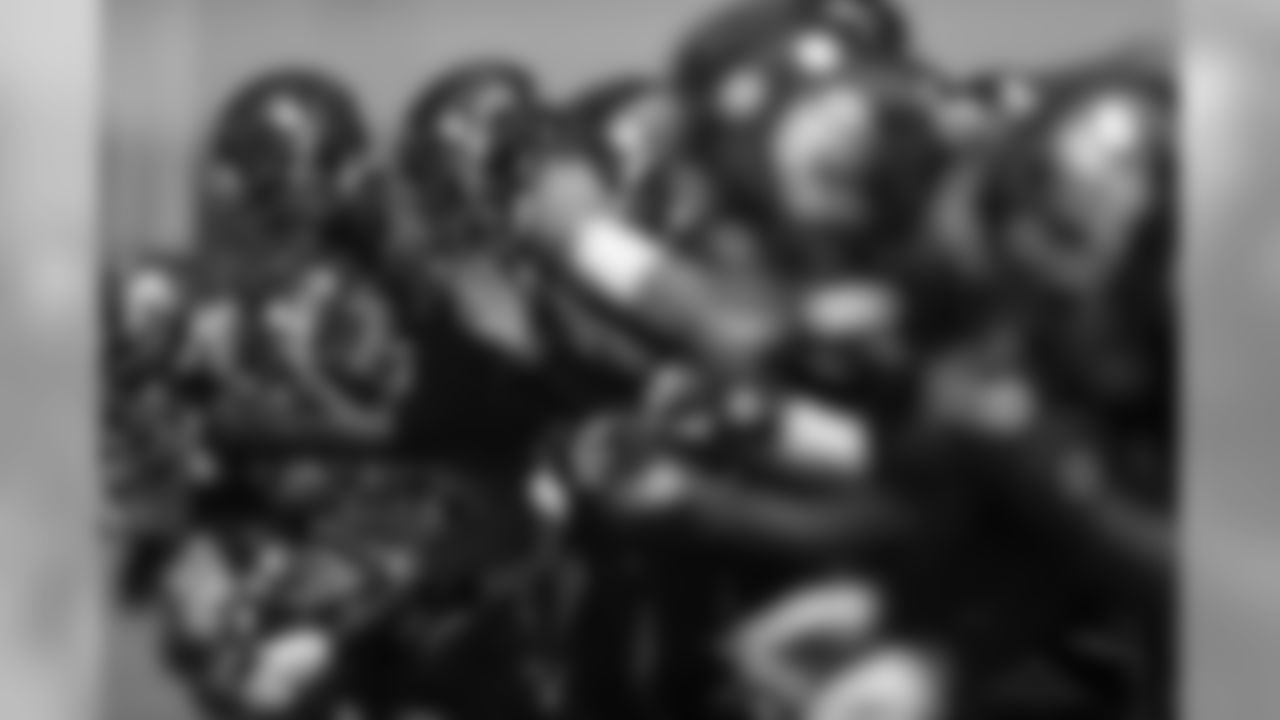













"No, never," said Head Coach Bruce Arians, when asked if he's ever had two utility tight ends on his roster before. "We had traditional, blocking-type guys. John Carlson was probably the closest thing to Cam. When you don't play with a fullback, then the defense can't put eight in the box. We've got tight ends that can split out, line up tight, one can get in the backfield. It just gives you more down-and-distance calls from the defensive coordinator than personnel calls. You put a fullback in, they know the six plays you're going to run and you're limited in passing.
"You can dictate a lot of things with two tight ends who can run and catch but still block."
The thing about tight ends is that they are often matched up with defenders that pale in comparison to their size. Tight ends are typically taller and have more mass than a receiver in order to hold up in blocking schemes and are usually aligned inside off the O-line, forcing linebackers and safeties to have to cover them. Linebackers who are good in coverage are hard to come by, and if a tight end goes vertical at all, that's out of the underneath zone of comfortability for most. Gone are the days of big safeties, so you're left with a guy who's probably six-foot or under trying to cover someone like Howard, who stands at 6-6.
Speaking on Howard, specifically, he's faster than you think he is and has escaped more than once to the outside himself just like a prototypical wideout. He had a 75-yard catch down the sideline in the Bucs' home opener last season in their win over the Philadelphia Eagles. It was a career long but what it really did was open up the eyes of opposing defenses into his potential. You have to worry about Howard.
"A lot of potential," Arians said of the Alabama product. "[Howard]'s an interesting guy, because he can hold the point of attack and he's obviously a mismatch versus safeties and linebackers. So, you're trying to use him in a lot of different ways. Matching up those three tight ends we have should be a lot of fun this fall."
Right. Three tight ends. In addition to Howard and Brate, tight end and resident-Canadian Antony Auclair has taken a big step forward this offseason. Throughout OTAs, he was as reliable as any receiver in catching the ball. Of the three, he's still the rawest with his hands but he's big and can block well.
"He's one of those guys – this is good for him as far as the skill level stuff," Arians said of Auclair's progress in the offseason. "But he's going to be a blocker. Really, until I see him in pads, it's hard. I know he's tough because he's doing it already and he's got tape of being tough. So, just continuing to learn footwork and little things that it takes to play tight end in our offense, which isn't easy."
Football is a game of mismatches, and like Coach Arians said, they are going to have fun creating them with guys like Brate, Howard and Auclair. NFL defenses are starting to wise up things like the 12 personnel alignment (one running back, two tight ends) but when one or more of those tight ends can act like true receiver, defenses can be left short-handed quickly. Even in 11 personnel (one running back, one tight end), which is extremely common in today's NFL in an effort to get as many wideouts on the field at once, Howard or Brate can really create problems. An example: in slot formation with three wideouts on the field, having a guy like Howard at tight end really means you have four receivers on the field without showing a four-wide look. You've got two corners and a nickel on the receivers, but who do you put on Howard, for instance? A strong safety, probably. A strong safety who stands at maybe six-foot like we talked about earlier. What about the running back now? He's the responsibility of the linebackers but if he goes outside, then those linebackers are playing catch up.
That helps out the wideouts tremendously, too. If you're already shorthanded, now you can't double-cover Mike Evans. I'll take him one-on-one with an outside corner any day. What about Chris Godwin, who Arians had this to say following the conclusion of OTAs:
"I had high expectations and they're even higher now," Arians said of Godwin. "So, he hasn't done anything to diminish what I thought he would be and as he learns to play in that slot and read things a little bit more – he's made great progress. I think I'll stand by my 100-catch announcement."
And Godwin very well could get 100 catches with tight ends like Brate and Howard to distract defenders on the field. It's time we start seeing the Bucs' two tight ends as an extension of the receiver room, too.
























